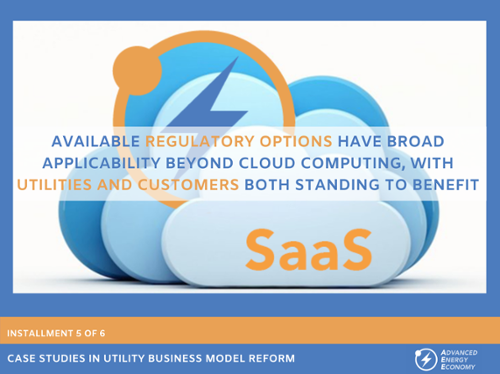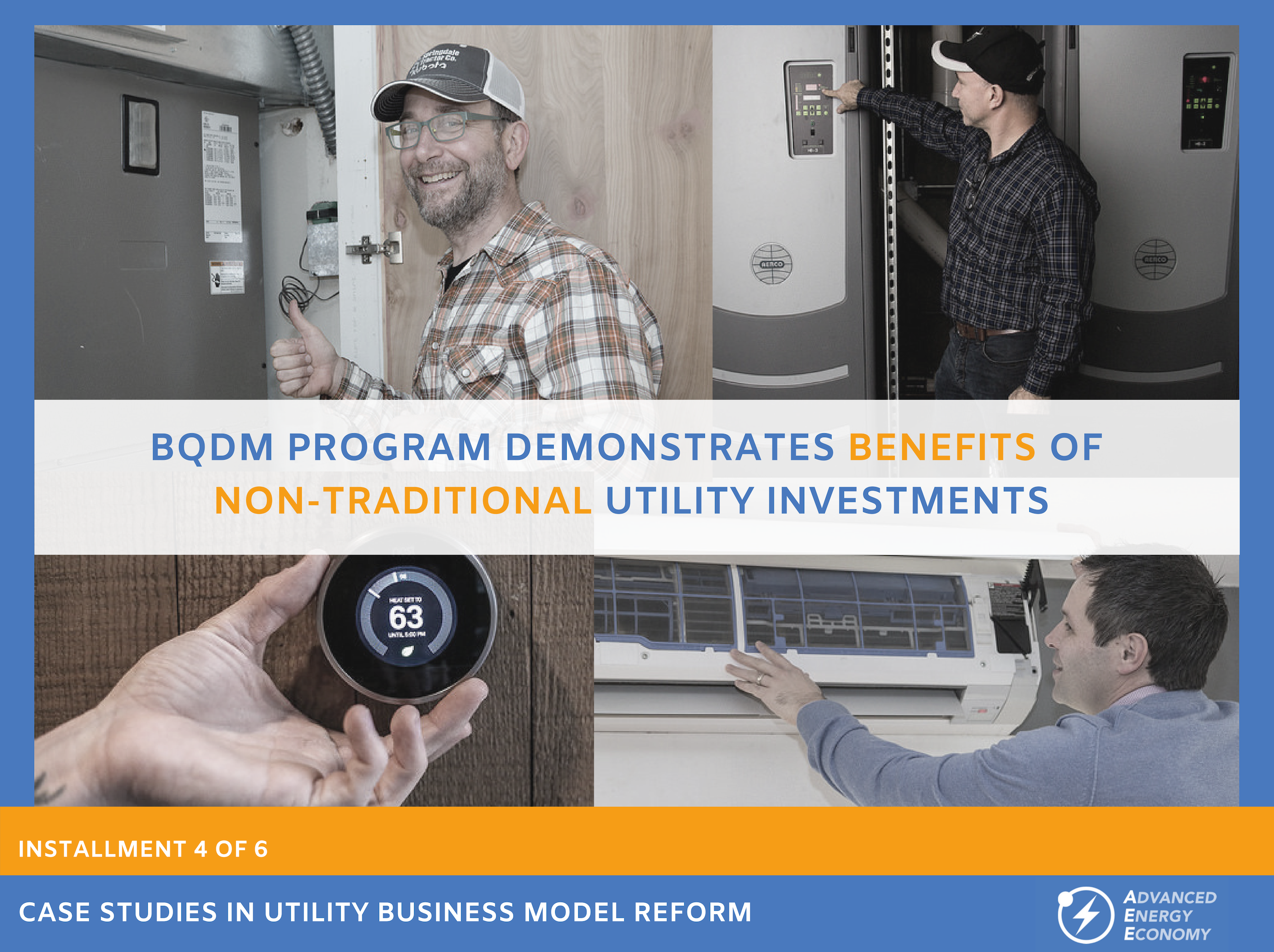/RIIO%20case%20study-500.png?width=500&name=RIIO%20case%20study-500.png)
This case study, originally published by Utility Dive, is the final installment in a six-part series on utility business model reform produced by Rocky Mountain Institute, America's Power Plan, and Advanced Energy Economy Institute.
In the United States, the traditional utility business model has served us well for many years, but it is increasingly out of step with a new set of market conditions — aging infrastructure, advances in technology and flat-to-declining load growth driven by rising deployment of energy efficiency, demand response and other distributed energy resources. Traditional cost-of-service regulation favors utility capital investment in long-lived assets rather than rewarding utilities for their performance against desired policy objectives and it discourages utilities from taking advantage of the general shift in the economy to service-based solutions provided by third parties. A decade ago, the United Kingdom's Office of Gas and Electricity Markets, known as Ofgem, set out on a mission to develop a new regulatory framework that would reward utilities for innovation and for meeting the changing expectations of consumers and society. The culmination of that process was the development of a framework referred to as RIIO.


.png?width=715&name=Copy%20of%20Case%20Studies%20in%20Utility%20Business%20Model%20-%20FINAL%20(1).png)
